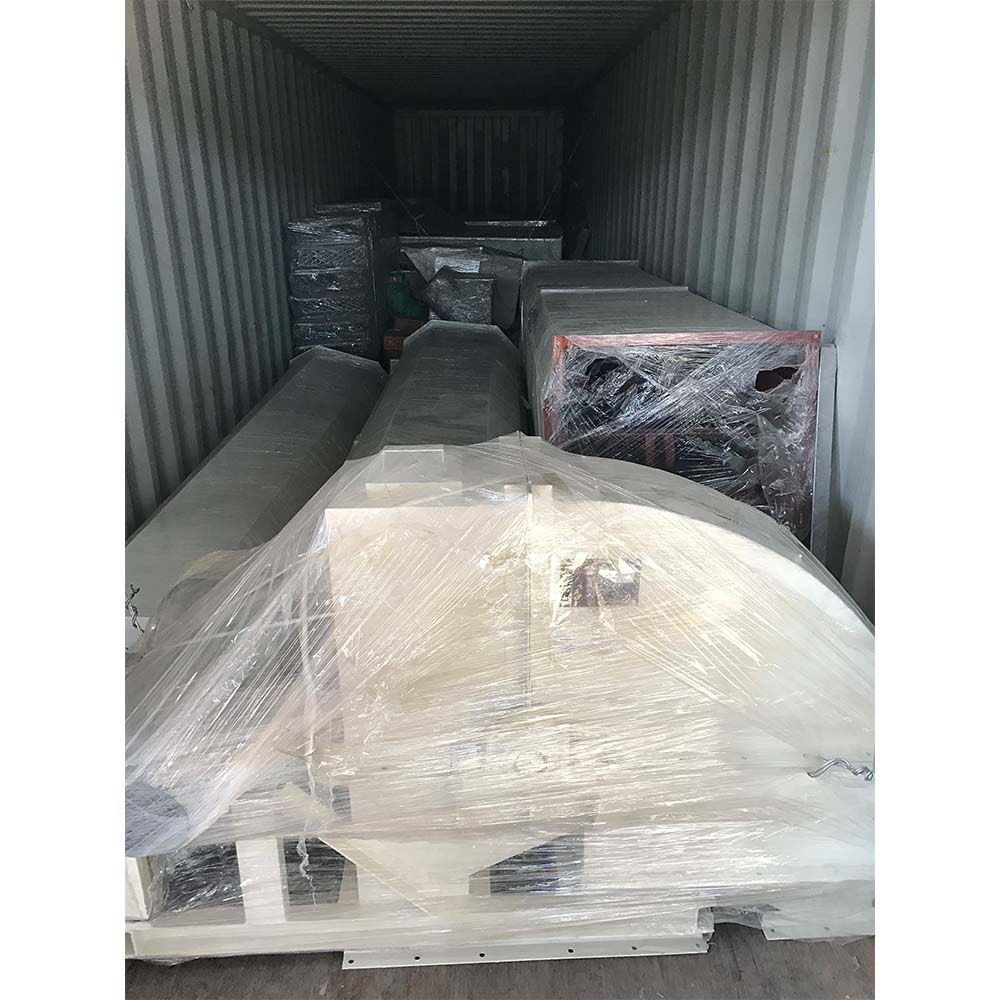scalding tank poultry
Oct . 21, 2024 23:53 Back to list
scalding tank poultry
The Importance of Scalding Tanks in Poultry Processing
Scalding tanks play a crucial role in the poultry processing industry, serving as an essential step in the preparation of birds for market. The process involves immersing freshly slaughtered poultry in hot water, facilitating the removal of feathers and ensuring that the bird is clean and ready for further processing.
The Scalding Process
Scalding is typically done using large tanks filled with water that is heated to a specific temperature, usually between 140°F and 160°F (60°C to 71°C), depending on the type of poultry and the intended outcome. The primary objective of scalding is to loosen the feathers, making them easier to pluck. When birds are immersed in the hot water, the heat causes the protein in the feather follicles to denature, effectively releasing the feathers from the skin.
Types of Scalding Tanks
There are generally two types of scalding tanks used in poultry processing batch scalders and continuous scalders. Batch scalders process a set number of birds at once, while continuous scalders allow for a more streamlined operation where birds are continually fed into the system. Continuous scalders are increasingly popular in modern processing plants as they enhance efficiency and reduce labor costs.
Temperature Control
scalding tank poultry

Temperature control is critical in the scalding process. If the water temperature is too low, the feathers may not loosen adequately, leading to subpar plucking and increasing the time required for processing. Conversely, if the water is too hot, it can lead to skin damage and negatively affect the quality of the meat. Therefore, effective temperature monitoring and control systems are essential in scalding tanks.
Impact on Meat Quality
The scalding process also influences the overall quality of the meat. Properly scalded birds will have better quality meat and skin, which are essential for consumer satisfaction. This step not only helps in feather removal but also affects the appearance of the poultry, as a well-scalded bird will present itself more attractively in the marketplace.
Hygiene and Safety Considerations
Hygiene and safety are paramount in the poultry industry, and scalding tanks are designed to meet rigorous health standards. Maintaining clean and sanitary conditions in scalding tanks prevents contamination and ensures that the meat produced is safe for consumption. Regular cleaning and maintenance protocols are critical to ensure that any biofilm or bacteria are eliminated, thereby protecting both workers and consumers.
Conclusion
In conclusion, scalding tanks are an indispensable component of poultry processing. They not only facilitate the efficient removal of feathers but also play a significant role in ensuring the overall quality and safety of the meat produced. As technology advances, continuous improvements in scalding tank design and operation are expected, further enhancing efficiency in poultry processing. Therefore, attention to the scalding process can significantly impact the success of poultry production operations, highlighting the importance of this often-overlooked step in the journey from farm to table.
-
Hot Sale 24 & 18 Door Rabbit Cages - Premium Breeding Solutions
NewsJul.25,2025
-
Automatic Feeding Line System Pan Feeder Nipple Drinker - Anping County Yize Metal Products Co., Ltd.
NewsJul.21,2025
-
Automatic Feeding Line System Pan Feeder Nipple Drinker - Anping County Yize Metal Products Co., Ltd.
NewsJul.21,2025
-
Automatic Feeding Line System - Anping Yize | Precision & Nipple
NewsJul.21,2025
-
Automatic Feeding Line System - Anping Yize | Precision & Nipple
NewsJul.21,2025
-
Automatic Feeding Line System-Anping County Yize Metal Products Co., Ltd.|Efficient Feed Distribution&Customized Animal Farming Solutions
NewsJul.21,2025






